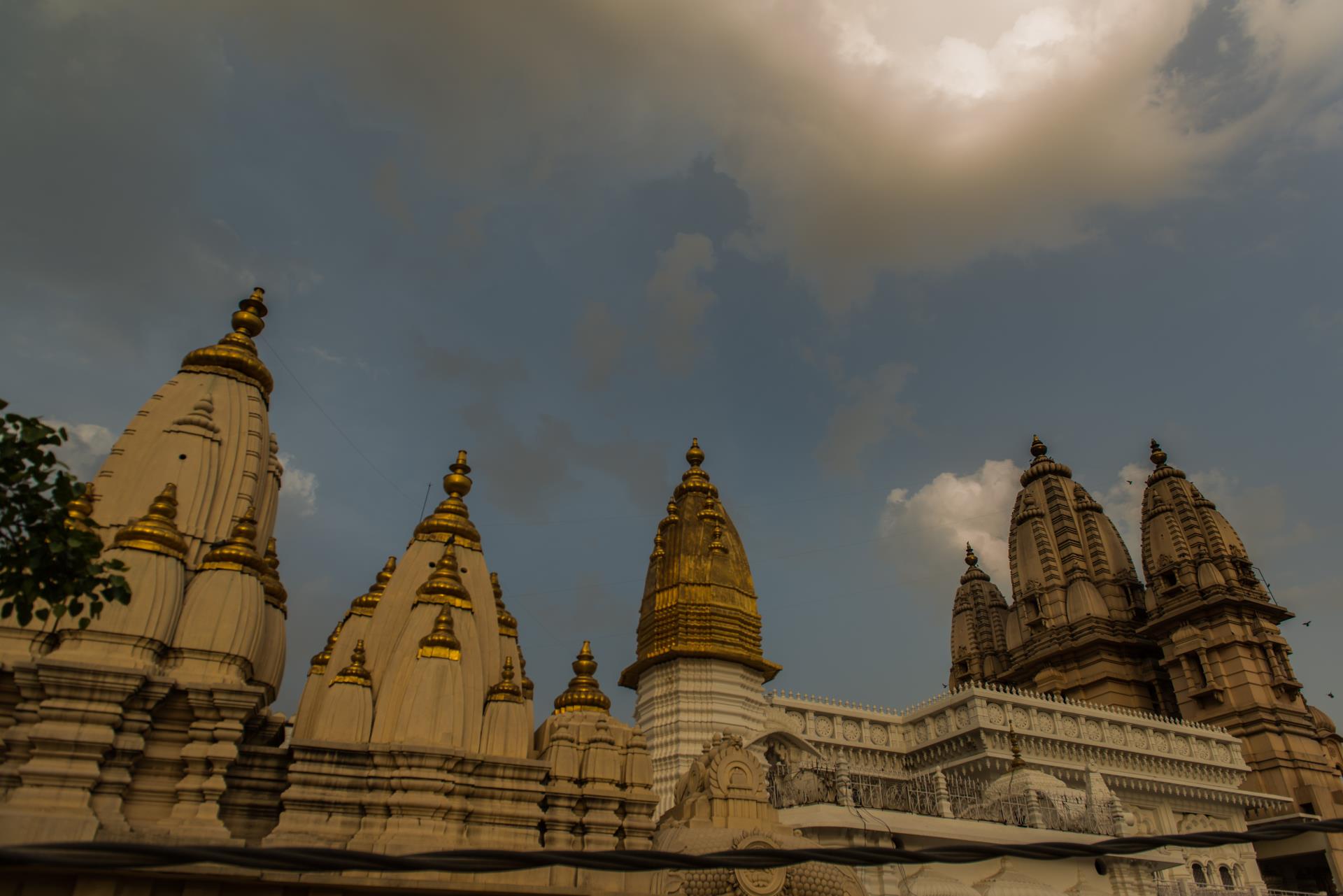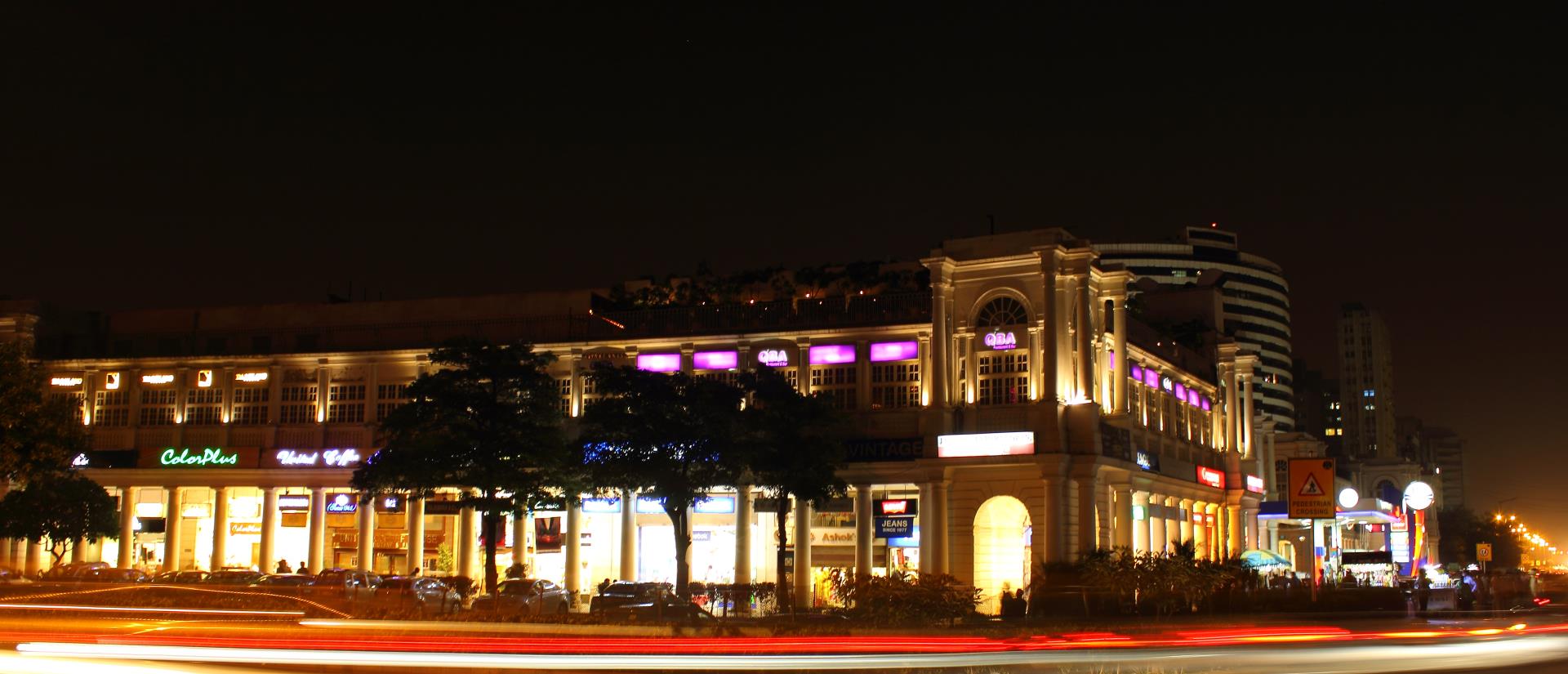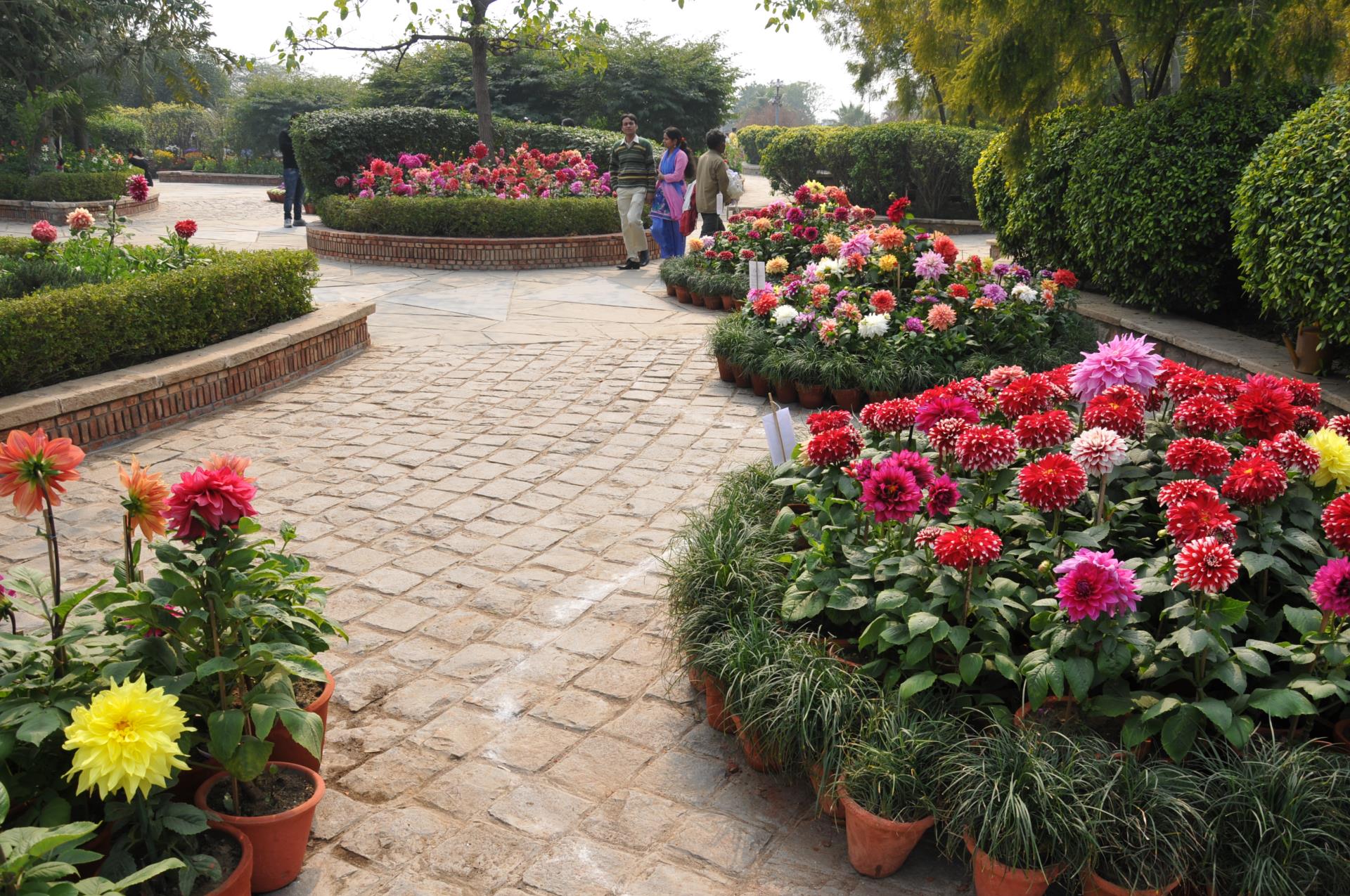
Sorry, we couldn't find anything that matches your search.
Destination

Famous Places to Explore in Hyderabad
A vibrant city with the imposing...

Raipur Tourist Places | Best Place to Visit
The stronghold of several erstwhile...

Ahmedabad
Declared as India's first UNESCO World...
#
Built in 1724 by Maharaja Jai Singh II of Jaipur, Jantar Mantar is one of the five astronomical observatories built by the king in Northern India. Its striking combinations of geometric forms have caught the attention of architects, artists and art historians from around the world. It was designed for the observation of astronomical positions with the naked eye. It is a part of the tradition of the Ptolemaic positional astronomy, which was common in a lot of civilisations.
Jantar Mantar comprises 13 astronomy instruments that were used to predict the movements and timings of the planets, the sun and the moon. Astronomical tables and charts were compiled to get an accurate idea of the celestial bodies. The major attractions of Jantar Mantar are Misra Yantra, Samrat Yantra, and Jayaprakash Yantra.
The Samrat Yantra is a large sundial that stands parallel to the earth�s axis and helps to check the time. The Jayaprakash Yantra is shaped like a hemisphere and is used to align the position of stars to markings. Meanwhile, the Misra Yantra is used to find the shortest and the longest days of the year. All of these instruments have been built with brick and rubble and have been plastered with lime. Tourists can also visit a small Bhairava temple that is located towards the east of Jantar Mantar.
Legend has it that Maharaja Sawai Jai Singh II was fascinated by the movement of celestial bodies and thus commissioned the construction of Jantar Mantar so the distance, location and speed of these could be calculated.
* This embed is a third party content and available in English only.








